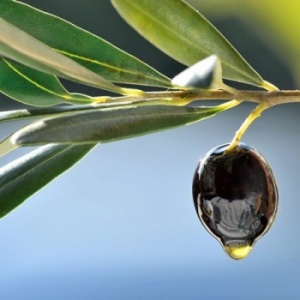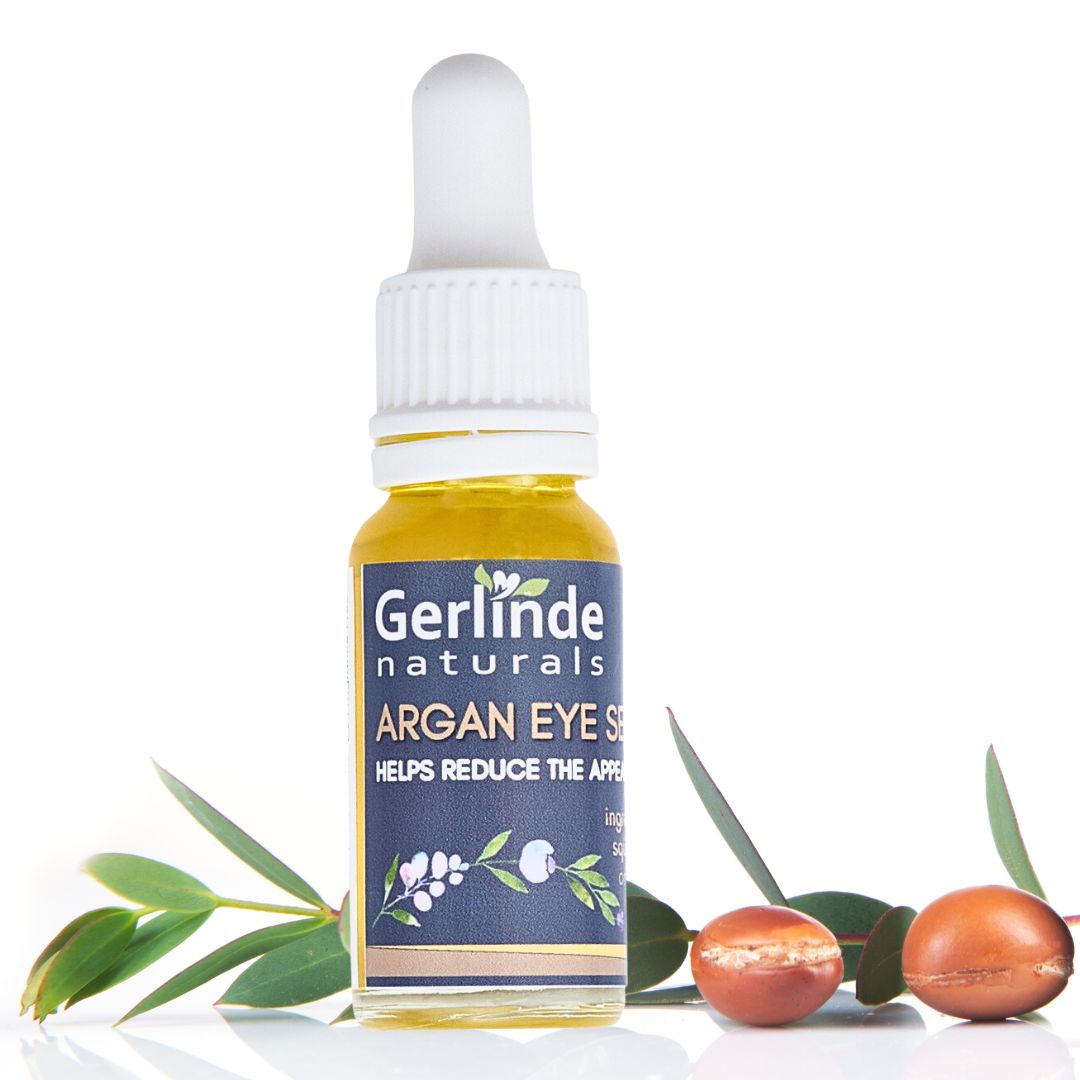What is Squalane (Olive Squalane) and why is it so beneficial in skin care
Squalane is frequently used in cosmetics and originally obtained from shark livers and sometimes it still is. The fish-friendly alternative is Squalane made from Olives. Squalane can also be found in rice bran and wheat germ oil.
It is also found in human sebaceous secretions, as a precursor of cholesterol. In humans, Squalane levels peak in our early 20s and then decline very rapidly.
Highly refined Squalane from Olives demonstrate the most notable Squalane characteristic: its ability to completely and rapidly penetrate the skin. Apparently, it can permeate into the skin at a rate of 2 mm/second.
Olive Squalane is an excellent moisturiser, softens and smoothes the skin and is extremely compatible with the skin, therefore safe for all skin types and a great choice for its regenerative effect. Its compatibility with skin lipids can be attributed to the fact that human sebum is made up of 12% Squalane. Dehydrated and ultra-sensitive skin benefits greatly from the use of this oil.
http://www.scienceforlife.eu/
Shark liver oil has long been used throughout history for its healing properties. It has been commonly referred to as ‘Oil of the great fish’ or ‘Cure all’ before anyone really knew what to call it officially. All its names pertain to its amazing ability to make anyone feeling under the weather miraculously feel better in an instant. And because it was so capable of curing people from a variety of ailments such as wounds, liver disorders, and digestive problems, shark liver oil has been used as an age old remedy in many countries; Sweden, China, Norway, Spain, and Japan are among those who have practiced the use of shark liver oil for hundreds of years.
The key components of this ‘miracle oil’ are omega-3 fatty acids, alkylglycerols, and squalene. All three are known to have anti-cancer properties, but to be honest, squalene has much more to offer.
Squalane extracted from Shark liver oil
This natural treasure from the deep, cold waters of the South pacific, was discovered in 1906 by Dr. Tsujimoto of Japan. However, extensive medical research did not begin until 1930, when it was noted that sharks do not develop tumors and are cancer free. Squalene is an extract of shark liver oil from the Aizame shark whose natural Pacific habitat is in unpolluted ocean depths of 3,000 feet in 35 degree waters.
The centrophorus artomarginatus deep sea sharks live in waters 600 to 1000 m deep, without sunlight. How can they manage to survive under such harsh conditions, where pressure is consistently high and oxygen supply is very poor? The secret lies in their livers, which account for 25% to 30% of their total body weight.
Identified as Squalene, with a chemical formula C30H50, Squalene is an unsaturated hydrocarbon, which can easily produce oxygen by combining with water. Squalene has been extensively researched and, as an oxygen carrier, found to play a key role in maintaining health.
Dr. Noguchi once said that "the cause of all illnesses is lack of oxygen."
A curious trait of the shark is its apparent immunity to cancer and disease. Once regarded as an enemy, a primitive and powerful hunter of the deep, the shark in now being heralded as a lifesaver.
This unique fish which has remained structurally unchanged for 400 million years, may provide us with the natural resistance we need to fight many of our most common modern diseases from colds to cancer.
 Another source of Squalene is olive oil, which has been traditionally known for its health effects.
Another source of Squalene is olive oil, which has been traditionally known for its health effects.
A related compound is Scalene used in skin care products. Squalane is derived from Squalene, but is more stable against oxidation.
Squalene (C30H50) – unsaturated Hydrocarbon
"The triterpene Squalene is a highly unsaturated aliphatic hydrocarbon (C30H50) which is widely distributed in nature. It is found in small quantities in many vegetable oils, and in larger amounts in certain fish oils. Interest in its medical and cosmeto-dermatological significance was intensified when Squalene was found in human sebaceous secretions, as a precursor of cholesterol, and when its possible anti-carcinogenic effect was described. It is the principal hydrocarbon of human surface lipids amounting up to 11 per cent of total surface fat. Its occurrence has been reported in dermoid cysts, cerumen, hair fat, and sebum.
In attempting to assign a specific role to Squalene in biochemical processes, many interesting developments took place. Squalene, a byproduct of natural Vitamin A commercial production, also is converted on its biochemical path to cholesterol synthesis, into 7-dehydrocholesterol, which on irradiation becomes Vitamin D. The very limited percutaneous absorption of Vitamin A in enhanced when the vitamin is dissolved in Squalene
"Sebum provides the normal lubricant of hairy and no-hairy skin. It keeps the skin supple and forms a protective bacterial and fungicidal coating on the skin and in the pilosebaceous apparatus. This fatty cover helps to keep moisture on the skin surface."
Oxygenation
Bear with us as we get scientific for a moment. Squalene has the unsaturated chemical structure C30H50, while C30H62 is a stable compound. Therefore, squalene (C30H50) would theoretically react with water (H2O) in such a way in order to become stable:
C30H50 Squalene + 6H2O Water —> C30H62 + 3O2.
As you can see, the hydrogen from water combines with squalene, leaving out the oxygen. Simply put, the combination of squalene and water releases oxygen, allowing it to be distributed to cells all over our body.
Squalene (C30H62)
"This commercially available product is a colorless, odorless, tasteless, transaparant, stable, inert, homogeneous liquid oil." "On the basis of numerous clinical tests, it has been concluded that Squalene is a bland vehicle, with the unusual property to increase the rate, depth, and extent of penetration of topical agents from medicated ointments. On the other hand, squalene does not aid transepidermal penetration, nor dissolve the cementing substance of the horny layer."
"The cosmetologist has found in Squalene a natural emollient. It imparts to the skin a suppleness without an unpleasant greasy feel. It readily forms emulsions with fixed oils and lipophilic substances and does not oxidize nor turn rancid. Squalene has also been found to accelerate dye-dispersion in lipsticks, producing a high gloss and acting as a long lasting fixative for perfumes.
When applied to washed or sun exposed skin and hair, squalane helps to restore the lost oils.
Squalane is also one of the main ingredients in our Eye Serum - My Eye Serum harnesses the properties of 4 exquisite ingredients including Blackcurrant CO2 Extract with high levels of Omega-6 and Omega-3 Essential Fatty Acids, and will help you reduce the appearance of fine lines.

